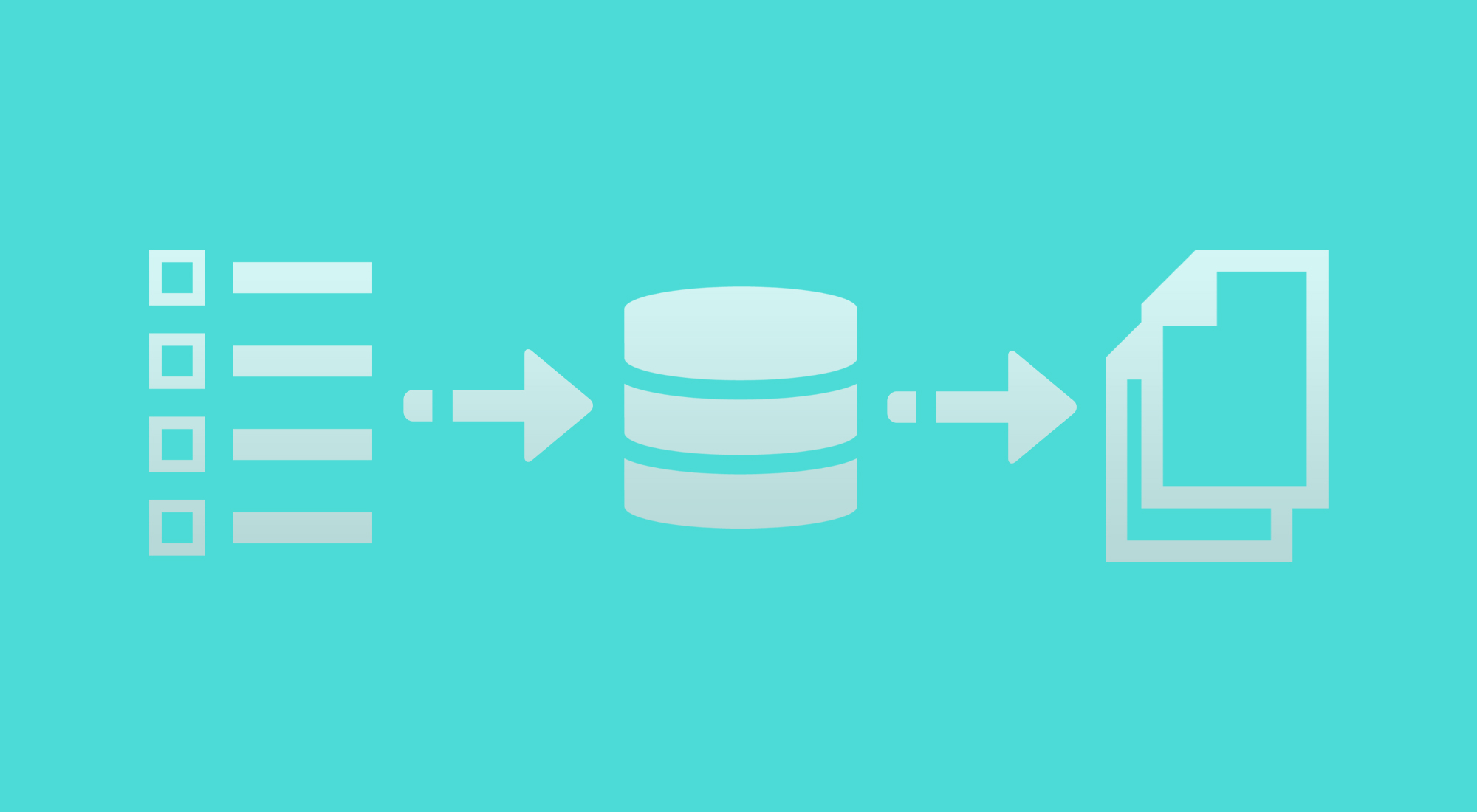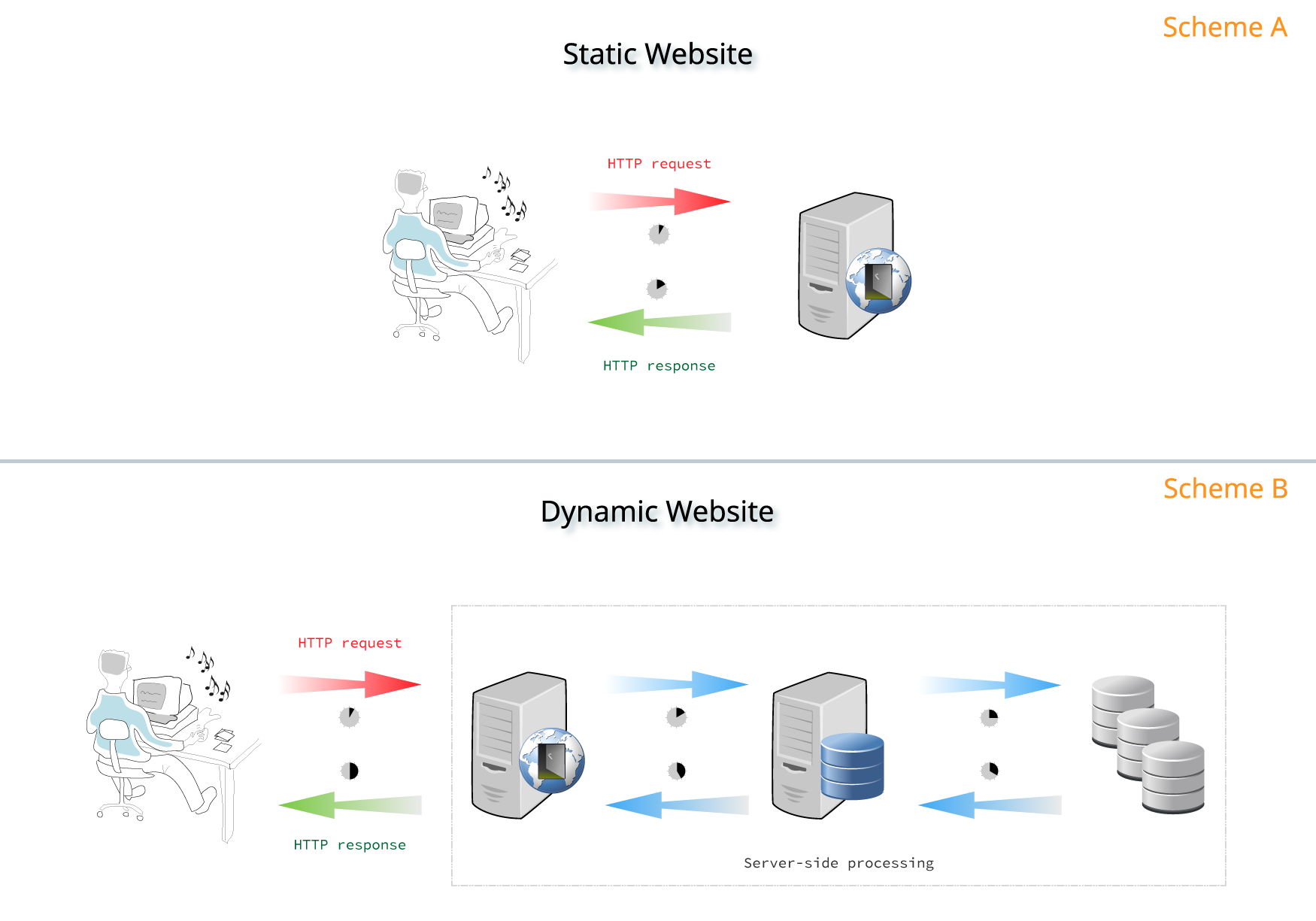
Cache Static and Dynamic Content for Website
- October 11, 2017
- 0
The Cache can be defined as hardware or a software feature that stores data. In computing, Cache is considered as a temporary storage space that permits quick access to stored data. The process of Caching can be done to reduce the data access time. It also helps with the improvement of input/output which in turn improves application performances.
Web browsers like Chrome, Safari, Internet explorer use the Cache for their regularly accessed web pages. This approach enables the browser to retrieve data from the browser Cache than from the web page files. Popular browsers like Safari, Internet explorer etc uses Cache for their frequently visited web pages to improve their performances.
Uses of Cache
The primary goal of a Cache memory is to make the performance better by loading the web pages quickly. Cache memory is also used in different parts of a computer and it is called CPU Cache. There are different types of Cache used, naming Write around Cache, Write-through Cache and write back Cache which is widely used. The cache can be used as a Cache Server where it saves web pages locally.
Dynamic content
Websites these days are constantly changing its content, layout and other features based on the user requirements. Sometimes, a website may provide a particular content for one user and a different content for another user, even if the requests are made in a matter of seconds. Such contents are called Dynamic contents because it is entirely based on an individual request types, which obviously varies. The largest websites in the world are powered mainly by the Dynamic content. Such contents can be highly personalized as per the request of the user or based on the previous visits made to the website.
Advantages
• Can be personalized
• Can be extended
• Interactive in nature
• Easy to use and update
• Target oriented content
• Quick navigation
Disadvantages
• Creation is time-consuming
• Expensive
• Customizing needs expertise
Dynamic Page Caching
Dynamic page caching helps in caching of HTML pages considering the cookies, request headers etc. How and when to cache the responses are decided upon by making use of a mix of factors from an HTTP request. It is possible to set a cookie for logged in users, but not easy for an anonymous user. It is sometimes difficult to cache Dynamic content, since it is constantly changing; however, there are ways and means by which this can be done too.
Unlike Dynamic Content, Static content changes rarely. It is independent of any user preferences or inputs. Examples of static contents include Flash Files, images, videos, etc. Static content does not require dynamic data and can work very well with an application server or a web server including Apache. To generate a static content, processing is not required as it does not change frequently.
Advantages
• Easy to create
• Cheaper to develop
• Can be developed in HTML and CSS languages
Disadvantages
• Updating is tough
• Time consuming
Static content basically means every page is coded individually using HTML and it is then uploaded to the server. The initial cost for creating such contents for a website is cheaper comparatively. However, the scenario changes in the long run. It is difficult to maintain static content and even minute updates can cost lots. If not updated regularly, the static content can become stagnant. Even though it’s less interactive in nature, it is easier to process and Cache such content.
The content of a web application is generally of two kinds. One is Dynamic and the other is Static. Most websites use a combination of dynamic and static contents to maintain a balance of interactivity and speed. It is the static content of a website that has led to the growth of the website initially, however, the majority of websites today uses to dynamic content catering to user-friendly applications. A recent survey states that seventy-four percent of customers online are unhappy when a website exhibits content that is not based on their requirements. Hence Dynamic content is widely preferred. Whether the content is static or dynamic, it is crucial to Cache its resources. Even though Caching can be very useful in cases of repeated requests, it does not work for the first request. Caching contents have proved to reduce page loading time, thereby improving the user-experience.





